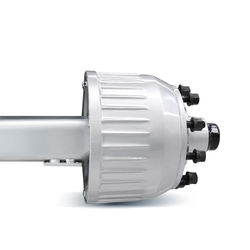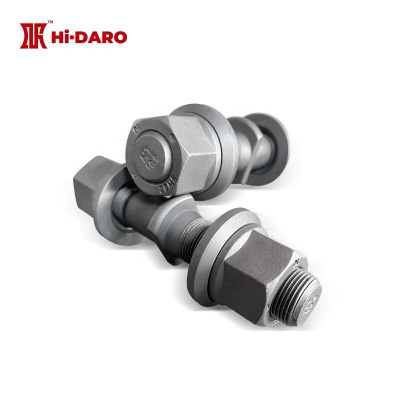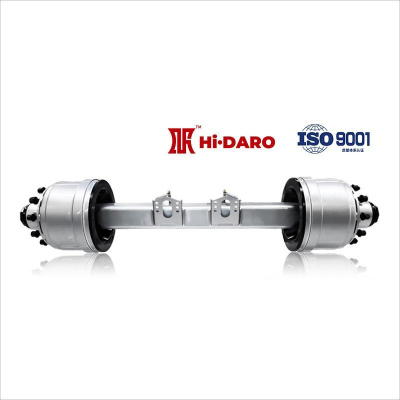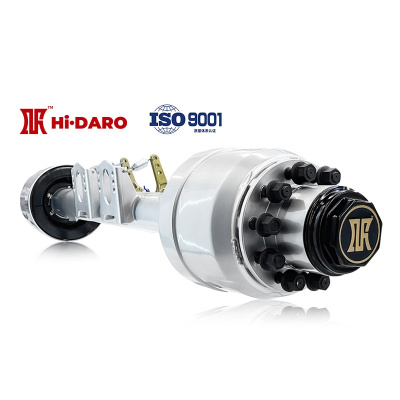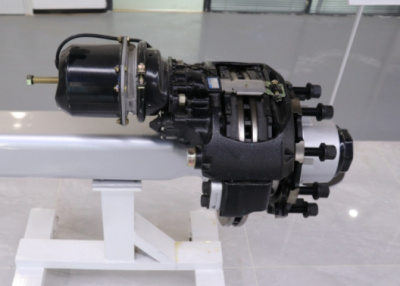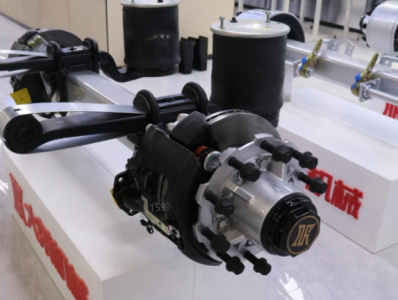How many types of axle head structures are there for trailer axles?
The axle is one of the core components on the rear axle of a semi-trailer, and the strength of the axle is directly related to the load-bearing capacity of the trailer axle. For axles, the performance of the axle head is critical.
The shaft head is the key part where the axle connects the wheel hub, brake drum, bearing and other wheel end components. Whether the performance of the subsequent wheel hub assembly is stable depends largely on the strength, toughness and precision of the shaft head. For example, if the end of the wheel is a high-rise building, then the axle head is the foundation. Only when the foundation is laid can the building be strong and stable.
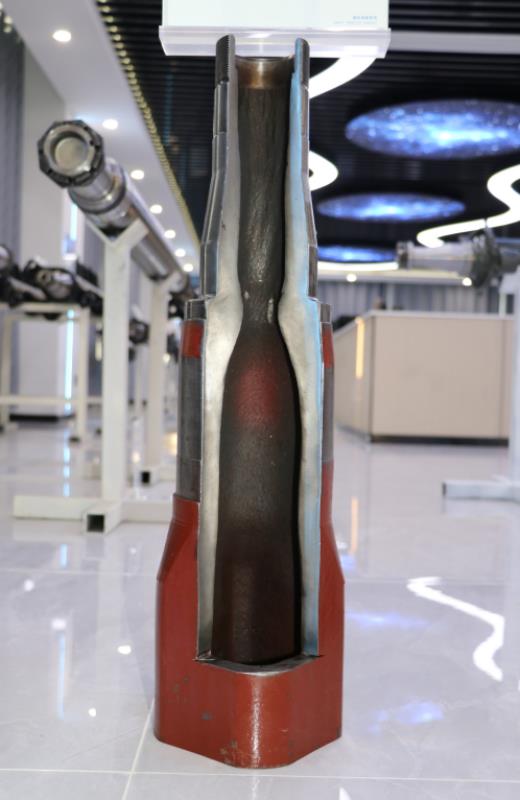
Generally speaking, the axle head structure of the rear axle of a semi-trailer is mainly divided into two categories: American and German, which is also one of the main differences between American trailer axles and German trailer axles.
From the appearance, the shape of the American shaft head is relatively regular, basically cylindrical, and the shaft diameter is relatively thicker;
The shape of the German shaft head is relatively complex, with more slopes and generally thinner.
This results in a thicker axle head of the American axle, higher strength at the part connected to the bearing, and a relatively greater load capacity;
The diameter of the German-style axle head is smaller, relatively thinner, and requires high production precision. Its advantages are more concentrated in its own weight, which is more in line with the trend of lightweight.
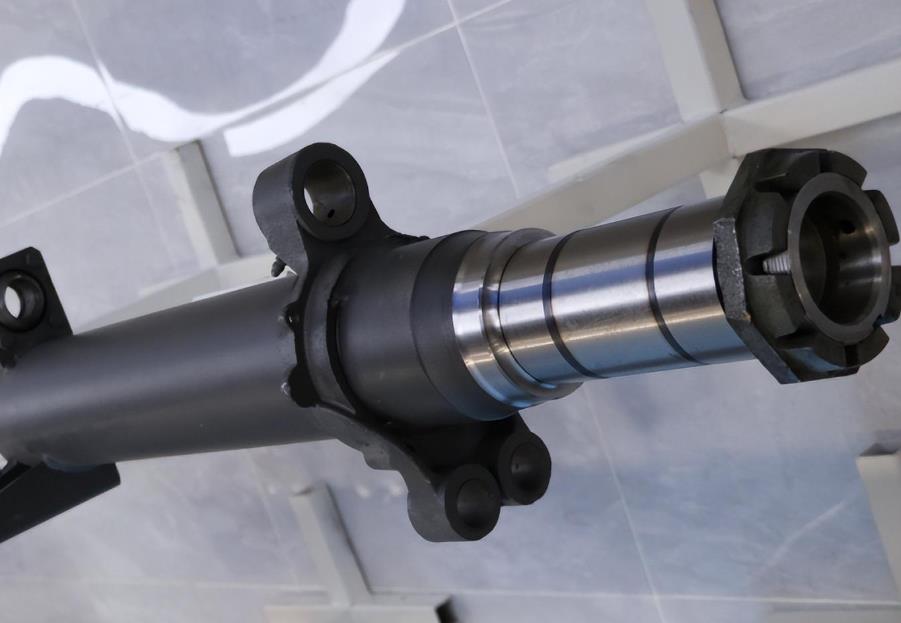
Strictly speaking, there is still one difference between the American axle and the German axle: the connection between the axle head and the axle tube is different.
The axle head and the axle tube of the American axle are integrated, and are made from a steel pipe, showing a natural connection between the two;
The axle head and axle tube of the German axle are "three-piece", that is, the axle head at both ends and the axle tube in the middle are made separately, and finally welded together by welding technology.
Different production methods bring different product advantages:
There is no artificial welding between the axle head and the axle tube of the American axle, which fully avoids welding deformation, the strength of the natural connection is high, and the ability to resist heavy loads is stronger;
The axle head of the German-style axle is welded later, and the connection angle between the axle head and the axle tube can be artificially intervened to achieve the purpose of saving tires and fuel.
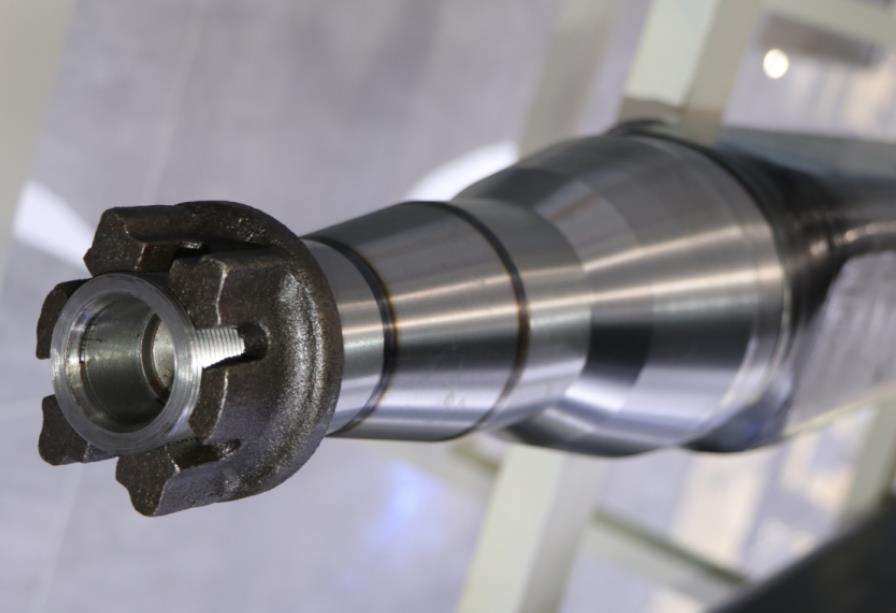
However, at present, the axles produced by domestic trailer axle factories, whether they are American or German, basically adopt the "one-piece" heat treatment technology, that is, the axle head and axle tube are directly formed from a steel pipe. To a certain extent, this is also to cater to the needs of the domestic freight market.
On the whole, American axles are cost-effective, relatively low purchase cost, good heavy-duty performance, large inventory, and more convenient maintenance; the disadvantage is that they are heavy, and the maintenance frequency is relatively high. In general, American axles can be widely used in various general cargo transportation conditions, especially in the transportation of heavy cargo such as sand and gravel, steel coils, wood, and coal.

German-style axles have light weight, relatively good heat dissipation and braking performance, stronger stability and reliability, less tires and fuel, and longer maintenance intervals, which are relatively longer-lasting; the disadvantage is that they are expensive, and the front cost is relatively large. In addition, accessories are more difficult to buy. Generally, German-style axles are more used in standard long-distance transportation conditions, especially for the transportation of valuables or complex mountain road transportation, and the demand for German-style axles is higher.
